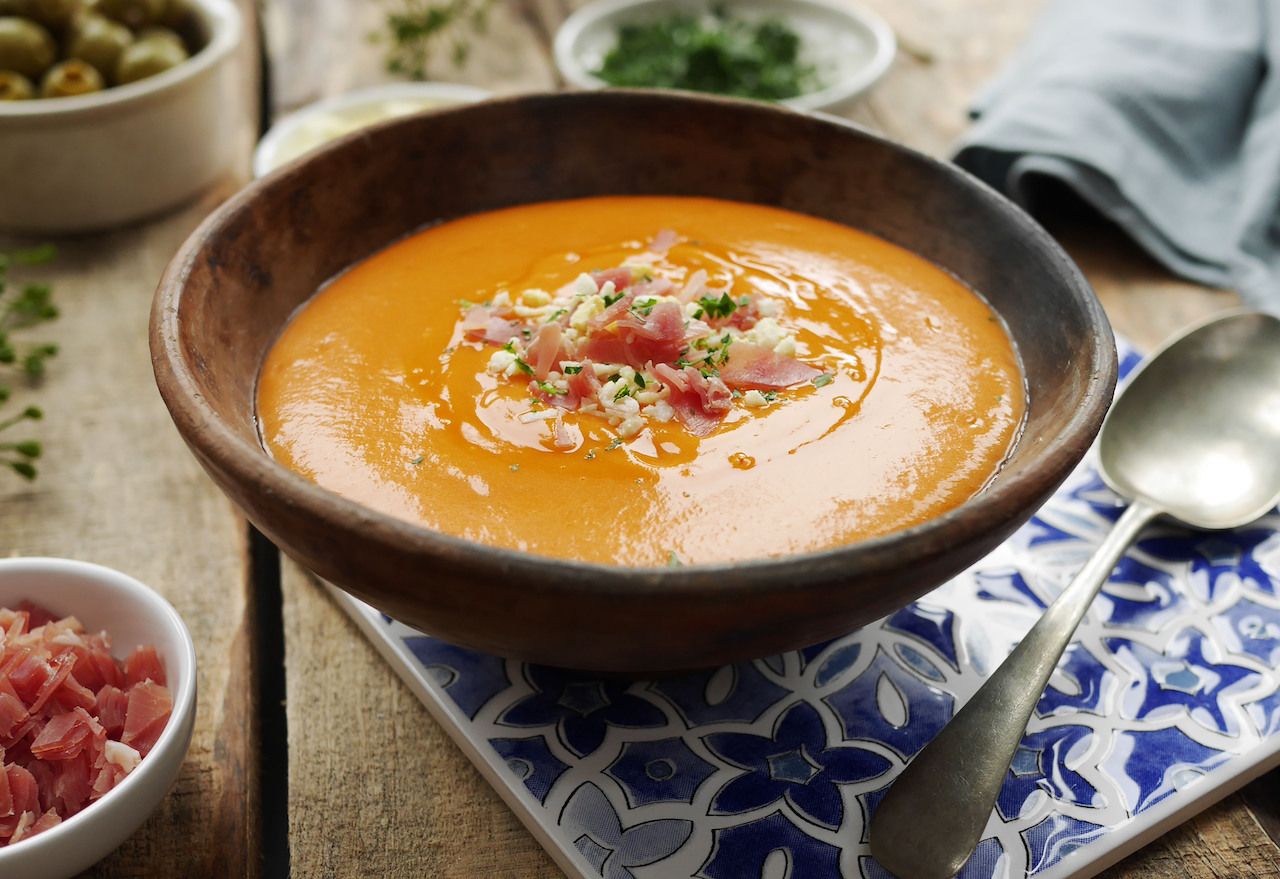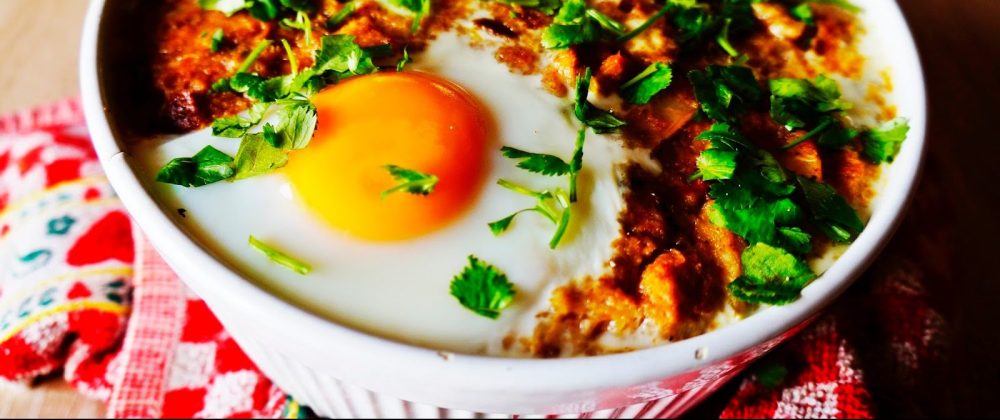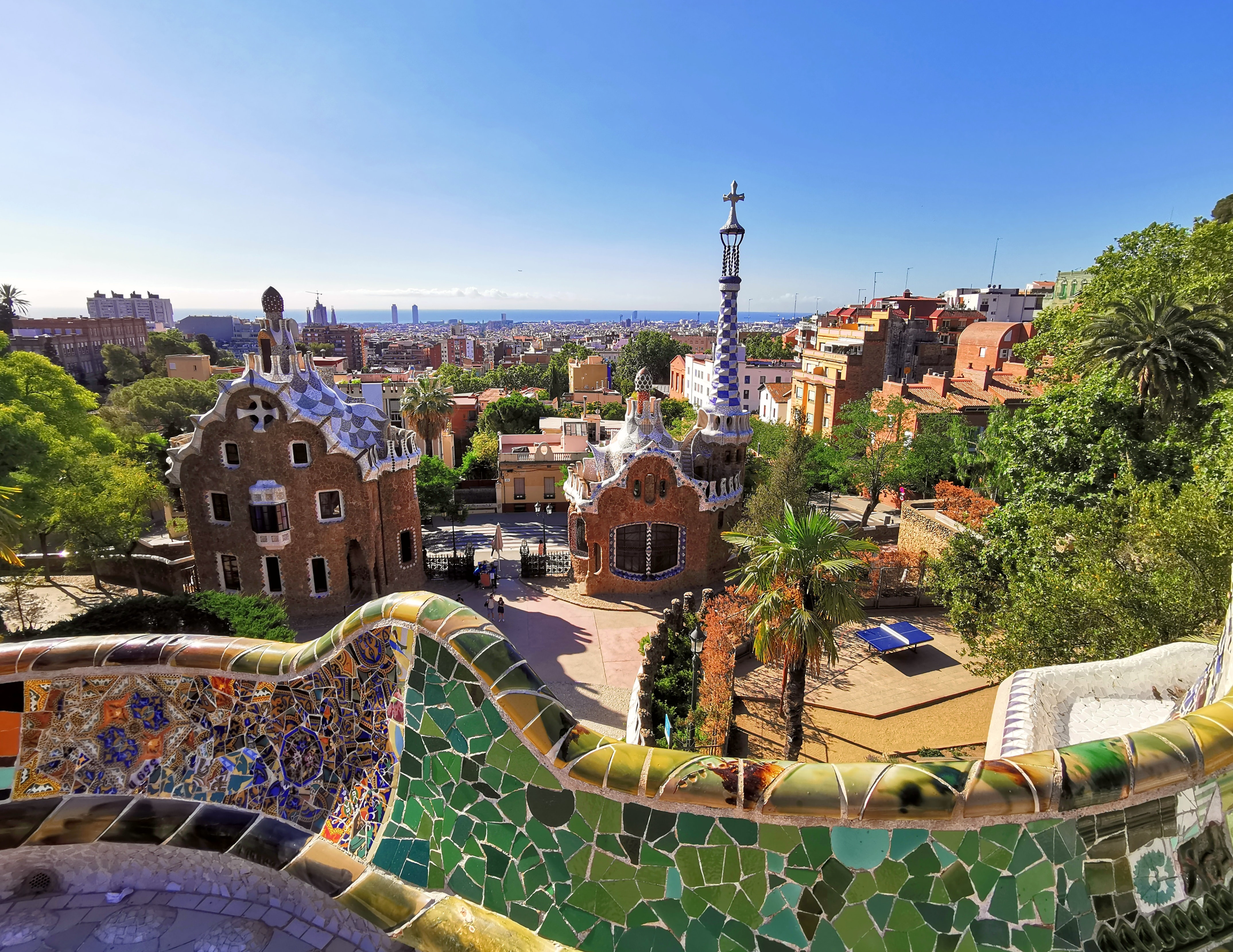Tempura: Portugal’s Prized Gift to Japan

A few weeks ago, we attended the wedding of a dear Portuguese friend of ours in Porto who ensured that every single moment of the event was accompanied by an enormous assortment of food. From fresh fish to local cheeses and everything in between, the 12-hour-long celebration was an homage to incredible cuisine. But what caught my attention, beyond all the various dishes laid out before us, was the Japanese tempura, in part because it was the first time I wondered if there was a correlation between Portuguese and Japanese cuisine.
I found this question incredibly interesting because I lived and breathed Japanese food throughout university. Diligently working my way through the final stages of my undergraduate and Master’s program, I chose to waitress in various Sushi restaurants to both pay the bills and feed my insatiable appetite for Japanese food.

For those of you unfamiliar with Japanese food, I highly suggest you delve deep and do some experimental research because trust me, you will not be disappointed. Japanese food can generally be broken down into a few main categories: Sushi – a relatively new addition to Japanese cuisine consisting of vinegared rice topped or mixed with various fresh, or raw, ingredients, such as fish or vegetables; Donburi – a large bowl of steamed rice topped with various ingredients, such as egg, pork, chicken or shrimp; Noodles – served either hot or cold and consisting of everything from brown buckwheat (Soba) to white wheat (Udon) noodles; grilled and pan-fried dishes, such as Gyoza or Yakitori; and deep-fried dishes like famed Tempura or Tonkatsu.
Where I tend to falter, however, is with fried foods, such as Japanese Tempura. Maybe it’s because I grew up in the US, where my experience with fried food was generally a heart attack in the making, but rarely did I understand the attraction. Later, when I moved to Spain, I was shocked to find battered fried foods around every corner, and nowhere was this more evident than in Andalusia, where you’ll experience an homage to battered, fried fish. Portugal is equally obsessed with deep-fried cuisines, such as battered and fried cuttlefish, sardines, scampi, eggplant and potatoes, to name a few.
Now, you’d imagine that I might be able to connect the dots and see a correlation between Japanese and Iberian cuisine much earlier than this particular wedding, but nay, the clue-stick didn’t hit me until very recently when I learned that Japanese Tempura draws its roots from Portugal. The etymology of “tempura” is far from agreed upon, but there does appear to be a few theories that are consistently tossed around. The first theory espouses that “tempura” comes from the Portuguese word “temperar”, which means to cook, or “tempero” for cookery. The second theorizes that the word comes from temple or church, describing religious institutions (such as Buddhism) that did not consume meat or fowl. The last theory suggests that tempura stems from the word, “têmporas”, describing the period of time (Lent, Fridays, etc) when Catholic priests did not eat meat, but rather, fish and vegetables.

What’s intriguing about the last two theories is that tempura most likely established itself in Japan as a result of the Spanish and Portuguese missionaries and traders, who introduced deep-frying in oil during the late 1500’s. And like all cultural adaptions, with time, this style of cooking became a norm.
To date, I’m still not a huge fan of fried Iberian cuisine, much-preferring fish right out of the sea, but to live in either Spain or Portugal, one must adapt to their cultural norms. If done correctly, tempura-style cooking has little residual oil remaining, just perfectly cooked ingredients.
And what do you pair with this style of cuisine? Simple, any number of Portuguese wines! Personally, I think a fresh Arinto from Bucelas, Alvarinho from Vinho Verde or an Encruzado from Dao would go swimmingly! Or even better, why not grab a Portuguese sparkling wine from Bairrada?! Then again, you could also go with a light, elegant red from Palmela on the Península de Setúbal, made from the Castelão grape, or head north of Lisbon, to Lisboa and Alenquer, in Portalegre, offering wines with great acidity and soft red fruit. The end goal is to experiment.
If you’re in Porto, why not swing by theLAB and buy a handful of organic, natural or bio Portuguese wines!






